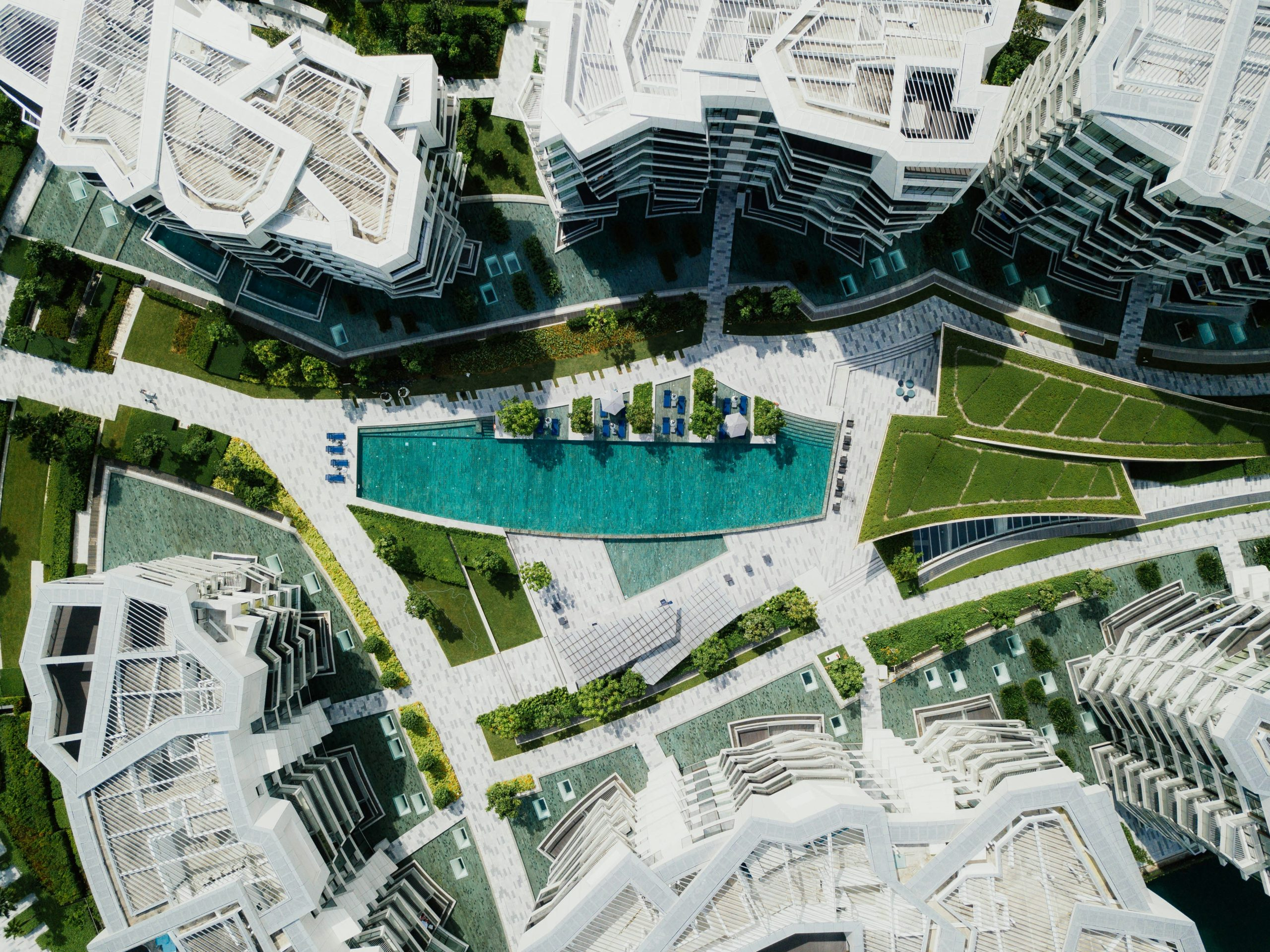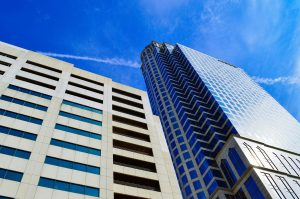Adaptive Reuse Strategies: Repurposing Buildings for Modern Living
As the population continues to grow and the demand for urban spaces increases, modern cities are facing a unique challenge – finding ways to accommodate this growth while also preserving their historical and cultural heritage. This has led to the rise of adaptive reuse strategies, which involve repurposing existing buildings for modern uses. In this article, we will explore this concept and delve into the various strategies and benefits of adaptive reuse, with a focus on how it applies to modern living.
What is Adaptive Reuse?
Adaptive reuse refers to the process of adapting an existing building for a different purpose than its original intent. This practice is not a new concept – for centuries, people have been repurposing buildings to suit their needs. However, it has gained significant traction in recent years, driven by the need to find sustainable solutions to urban development.
Adaptive reuse can involve a wide range of buildings, including industrial warehouses, hospitals, schools, and even churches. The goal of this process is to preserve the existing structure while transforming its use in a way that benefits the community and the environment.
Examples of Adaptive Reuse Strategies
Mixed-Use Developments
Mixed-use developments involve repurposing a building or a neighborhood to include a mix of residential, commercial, and/or industrial spaces. This strategy creates a diverse and vibrant community with a variety of services and amenities right at its doorstep.
For example, an old factory can be transformed into a mixed-use development that includes apartments, retail shops, and office spaces. This not only provides housing and job opportunities but also adds vibrancy to the area by creating a space for people to live, work, and play.
Adaptive Reuse for Sustainable Living
One of the major benefits of adaptive reuse is its environmental friendliness. By repurposing an existing building, developers can avoid the environmental impact of new construction. This is especially true when the alternative is to demolish the building and start from scratch.
Moreover, adaptive reuse can also involve integrating sustainable features into the building’s design. For instance, an old warehouse can be transformed into an apartment building that utilizes renewable energy sources, such as solar panels, and has features like rainwater harvesting systems and energy-efficient appliances. This not only reduces the building’s carbon footprint but also offers cost savings for its residents.
Preserving Historical and Cultural Heritage
Buildings often hold significant historical or cultural value, making their preservation important for future generations. Adaptive reuse allows for the restoration and repurposing of such buildings, ensuring that they continue to contribute to the character and identity of the community.
A prime example of this is the repurposing of old train stations into tourist attractions or community centers. These buildings not only preserve the history of the area but also provide a space for the public to gather and engage in various activities.
Economic Benefits
The process of adaptive reuse can also bring economic benefits to communities. By repurposing an existing building, developers can save on construction costs and pass on the savings to potential buyers or tenants. This, in turn, can improve the affordability of the area and attract new businesses and residents, leading to a boost in the local economy.
Additionally, adaptive reuse can also create job opportunities and stimulate job growth in the community. The restoration and repurposing of a building often require the expertise of skilled workers, leading to job creation in various industries.
Conclusion
Adaptive reuse is not just about repurposing old buildings – it is a mindset that encourages us to rethink our approach to urban development. By embracing this concept, we can create sustainable and vibrant communities while preserving our historical and cultural heritage. With its numerous benefits, adaptive reuse is undoubtedly a strategy that we should continue to explore and implement in our cities.











